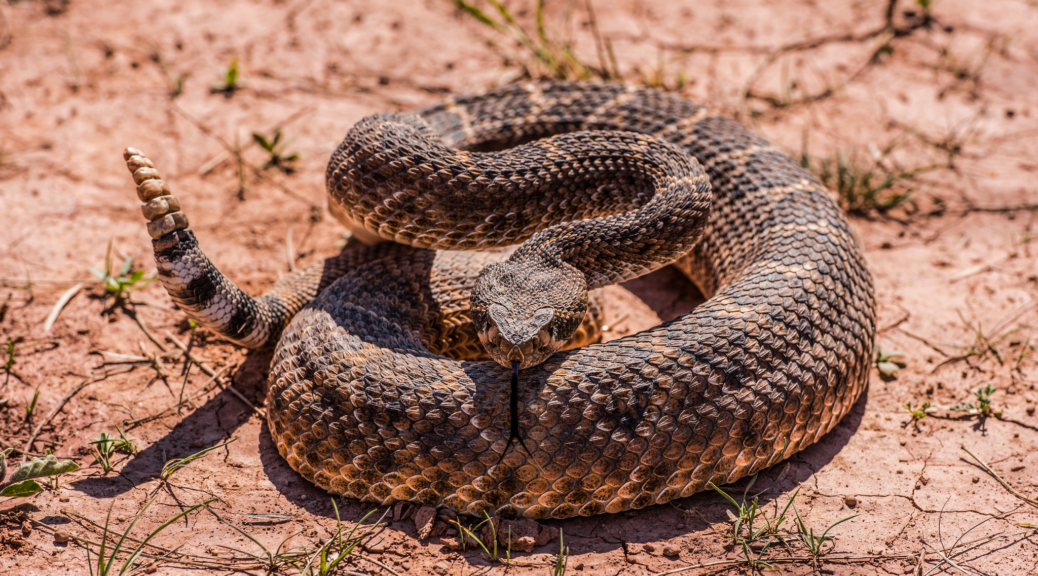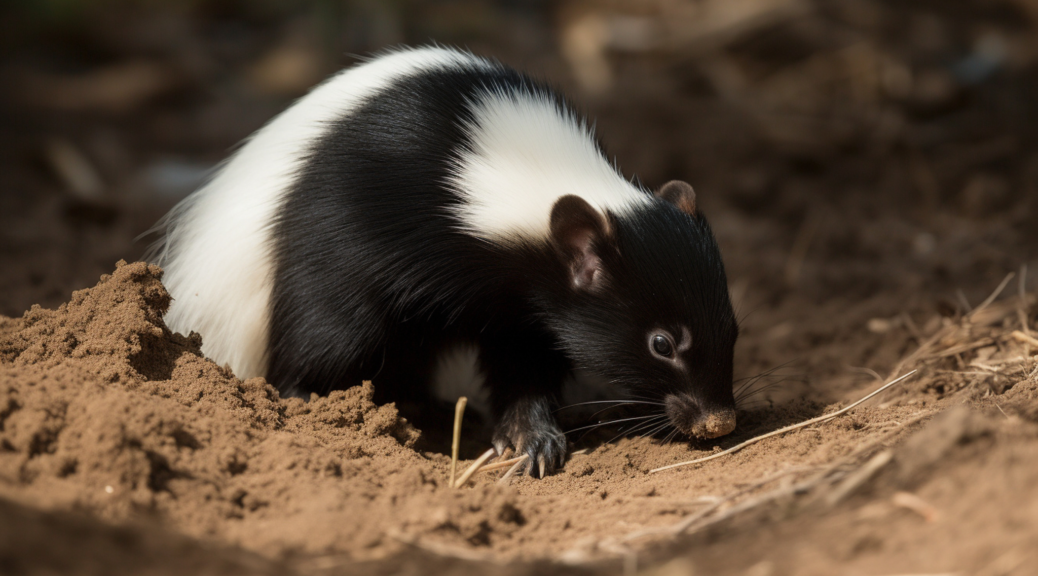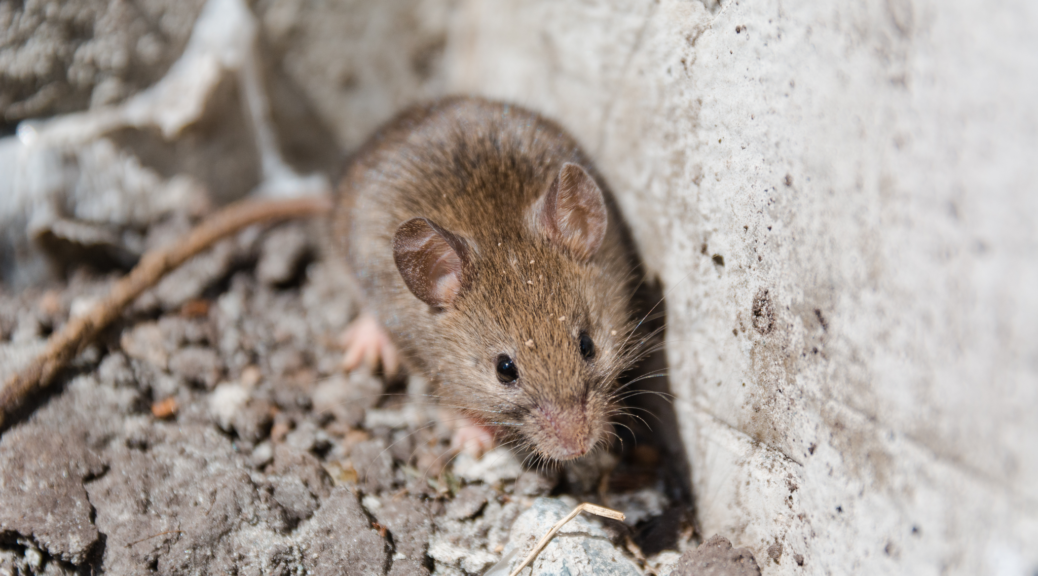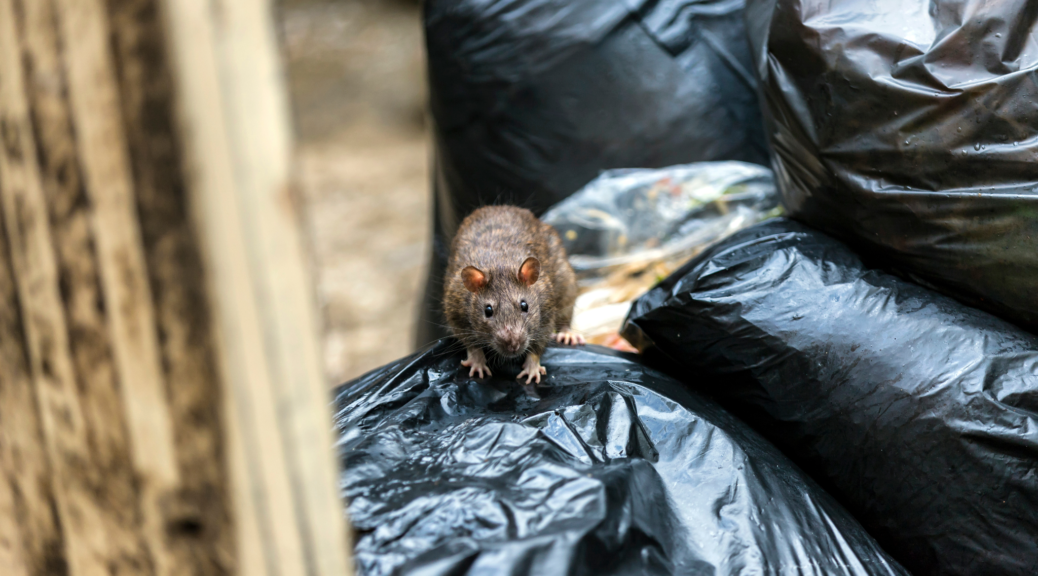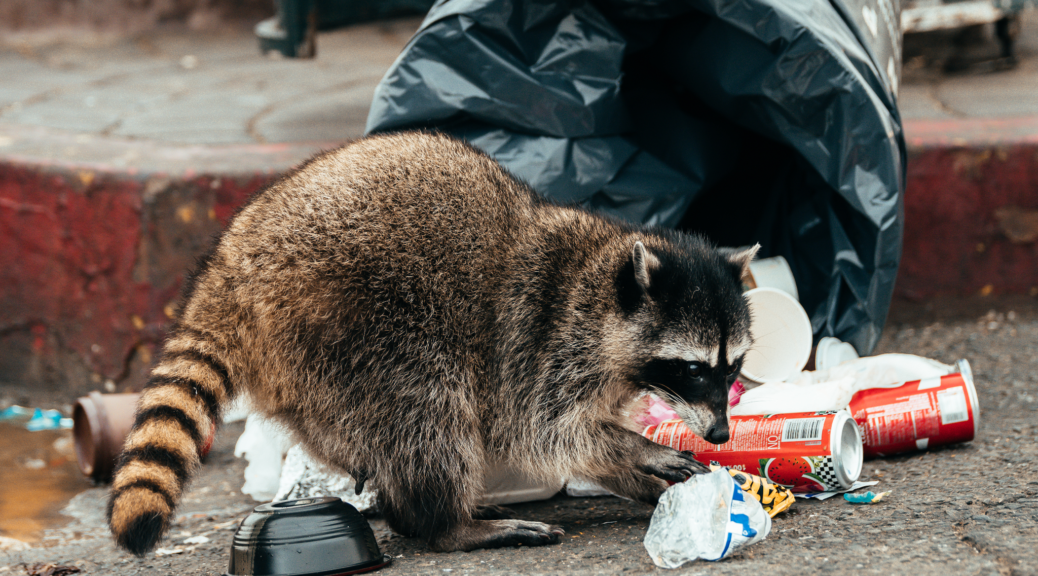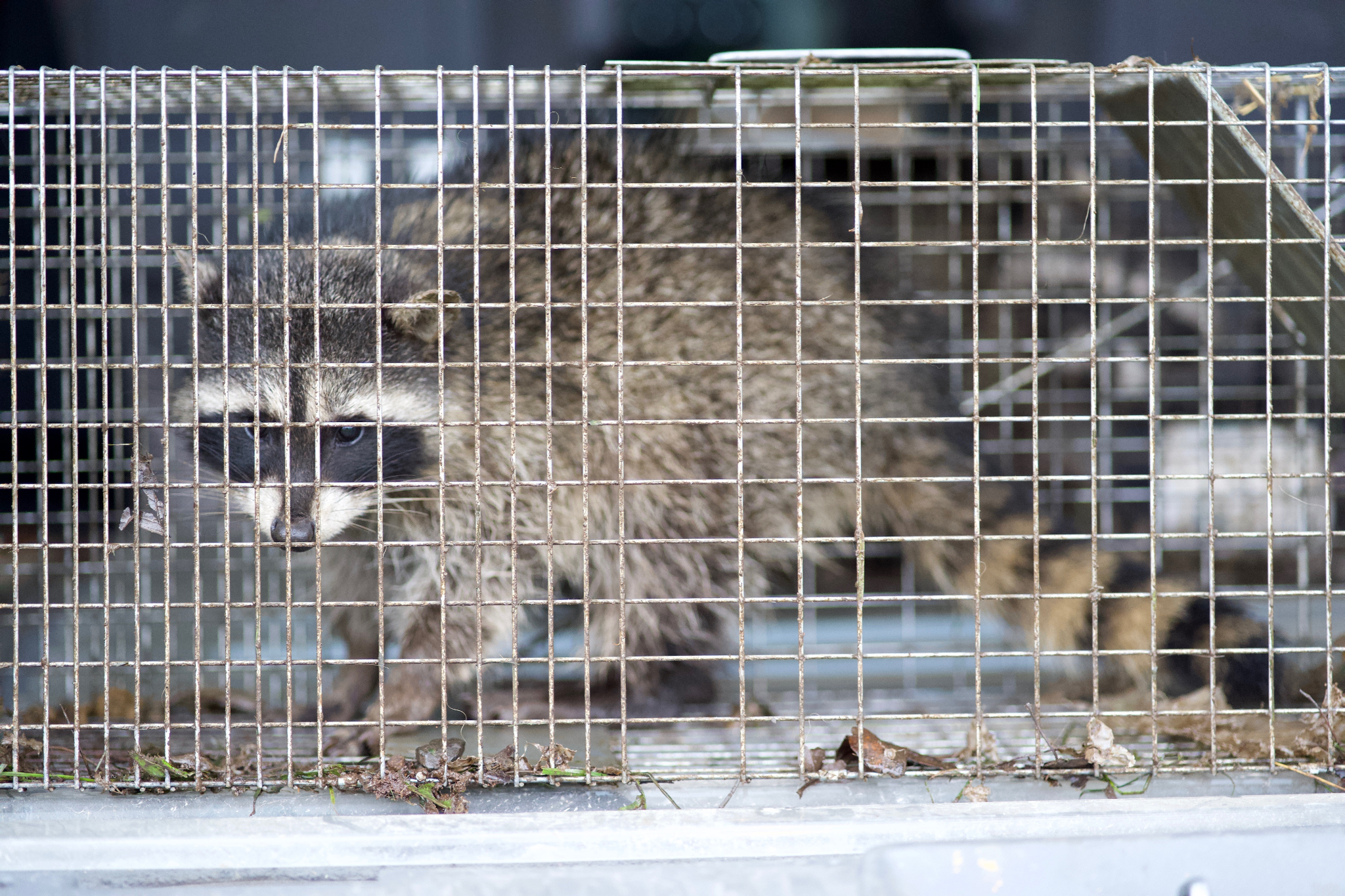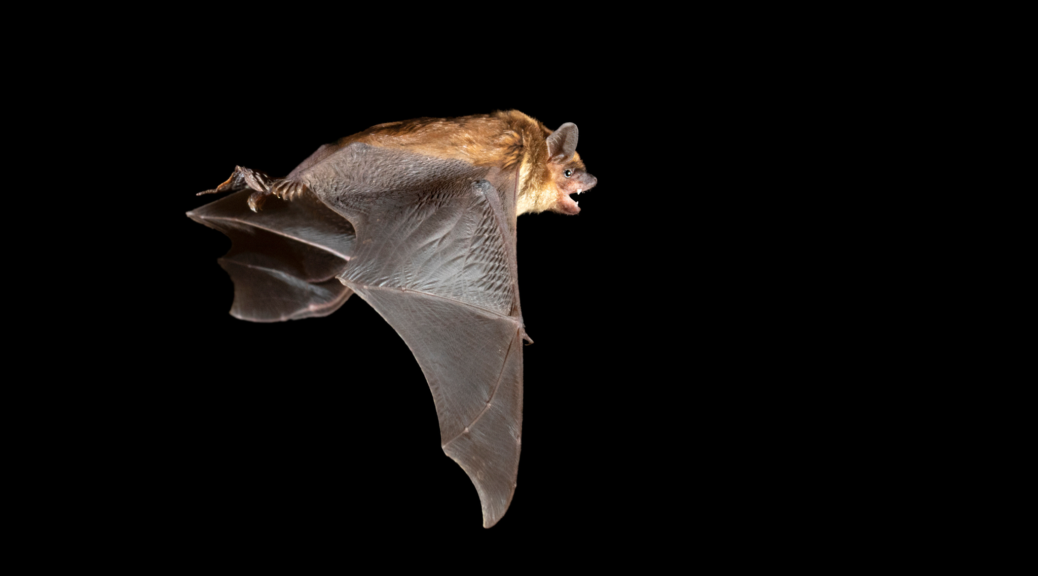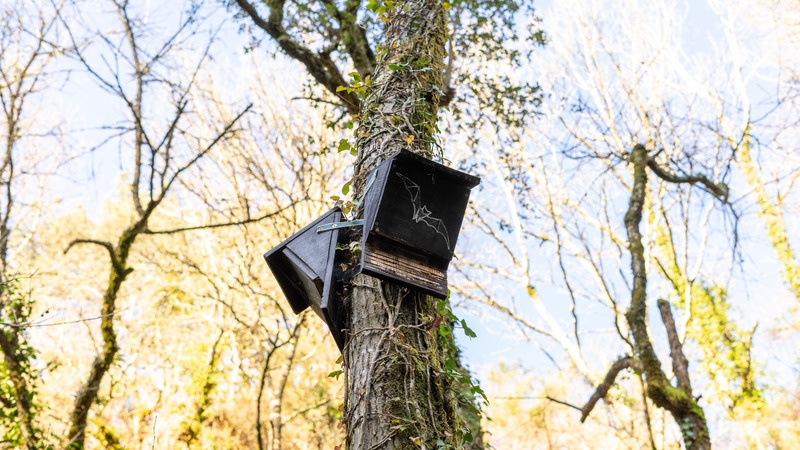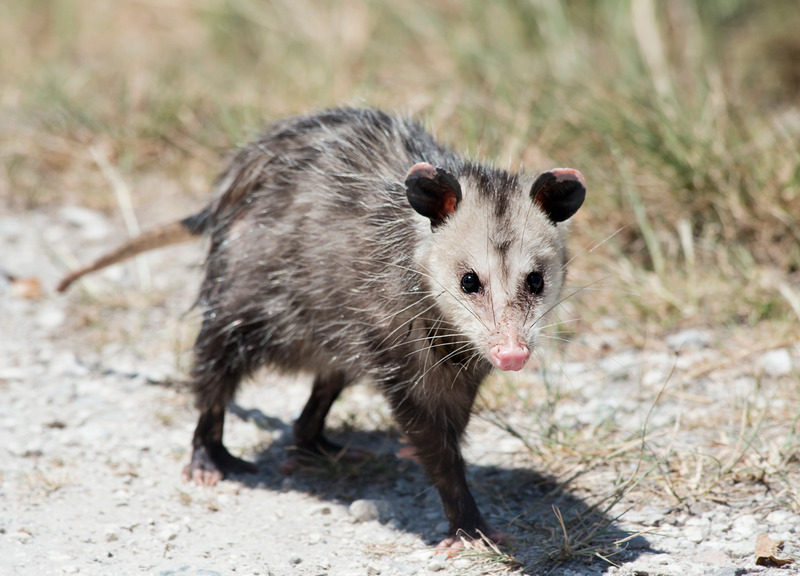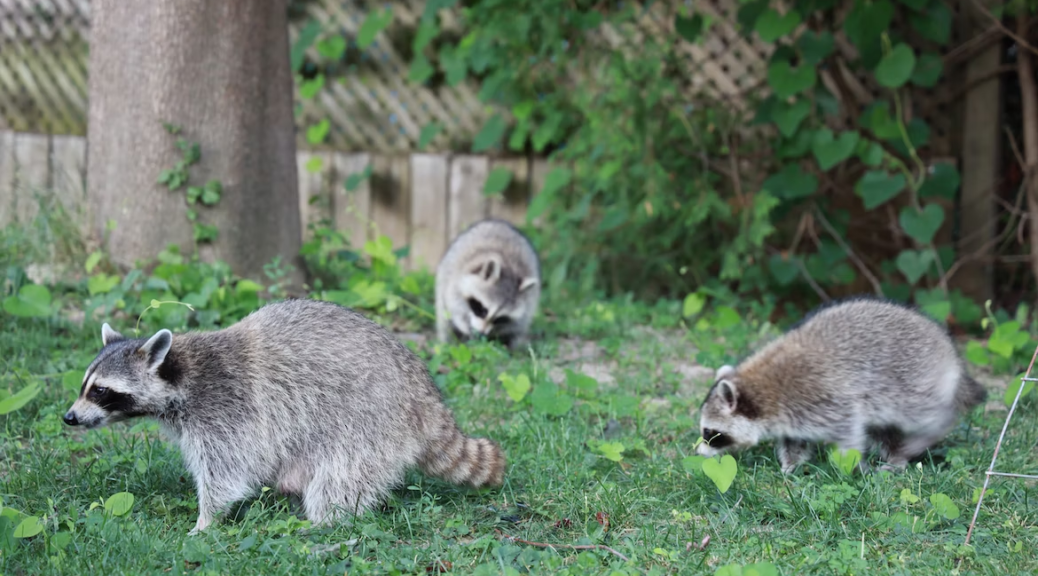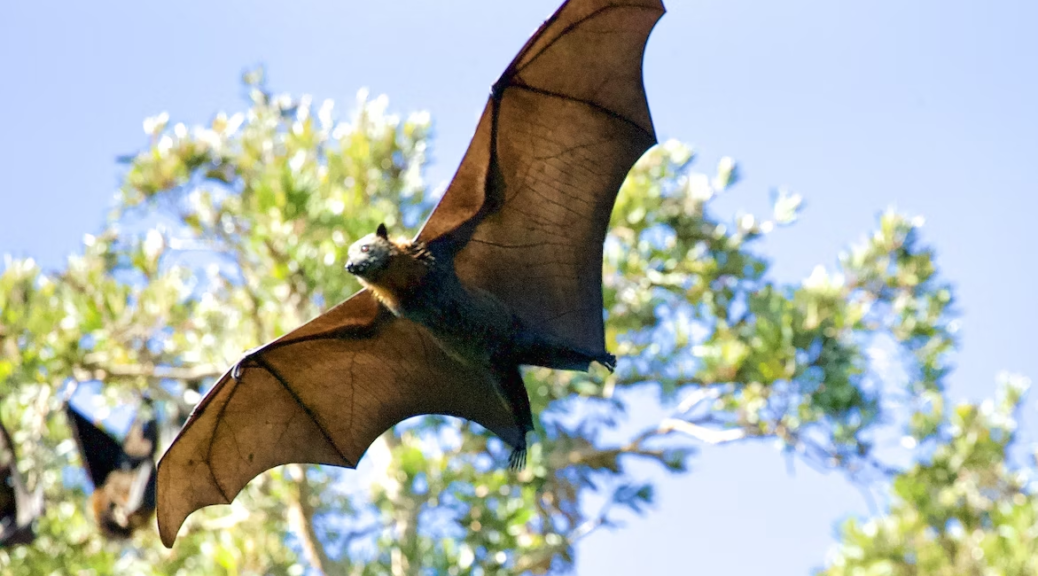In the vast realm of wildlife removal, there’s a unique niche dedicated to those slithering residents of our gardens and wilderness: snakes. For many homeowners and enthusiasts, the thought of a snake close to home can be unsettling. Enter the world of vibrating snake repellents.
These devices promise a non-lethal and environmentally friendly method to keep these reptiles at bay. Yet do snake repellents work? Let’s dive in.
The Science Behind Vibrating Snake Repellents
Vibrating snake repellents, as the name suggests, use vibrations to deter snakes. Snakes, being ground-dwelling creatures, are very sensitive to ground vibrations. When a snake feels a vibration, its first instinct is to move away from the potential threat. This is where a battery operated vibrating repellent comes into play, creating consistent vibrations that mimic those of larger predators or disturbances.
Ultrasonic Snake Repellents: a Step Further
While vibrating snake repellents rely on movement, ultrasonic snake repellents use sound waves. These high-frequency sounds are undetectable to human ears but can be perceived by snakes. Just like the vibrating counterparts, the idea is to unsettle the snake and discourage it from coming closer.
Anti-Snake Fences: a Physical Barrier
For those looking for an added layer of protection, an anti-snake fence can be installed. These fences are designed with fine mesh or certain materials to prevent snakes from slithering through. Combining a physical barrier like snake fencing with vibrating or ultrasonic repellents can provide a comprehensive solution for snake deterrence. Furthermore, these fences serve a dual purpose: Not only do they keep snakes out, but they can also prevent other small wildlife from entering your space.
When installing an anti-snake fence, it’s crucial to ensure it’s buried a few inches into the ground to prevent snakes from digging underneath. Professional installation and regular inspections are also essential to make sure there are no gaps or breaches that might allow a snake to sneak through. This physical barrier, combined with regular maintenance, can offer peace of mind for homeowners in snake-prone areas.
Do They Really Work?
There’s a common question on many homeowners’ minds: Do snake repellents work? The answer is both yes and no. While many users swear by the effectiveness of vibrating snake repellents, others find them less consistent. Factors like snake species, the local environment, and the quality of the repellent can all play a role.
Ultrasonic snake repellents also have varied reviews. It’s essential to remember that no solution is 100% foolproof. However, when combined with good yard maintenance and other preventative measures, these devices can certainly reduce the likelihood of an unwanted snake encounter.
Ensuring Effectiveness
For optimal results:
- Placement: Make sure your repellent is placed in an area where snakes frequent.
- Maintenance: Battery operated units will require consistent battery changes.
- Combine Methods: Consider using both ultrasonic and vibrating repellents along with snake fencing for maximum deterrence.
Seeking Professional Wildlife Removal
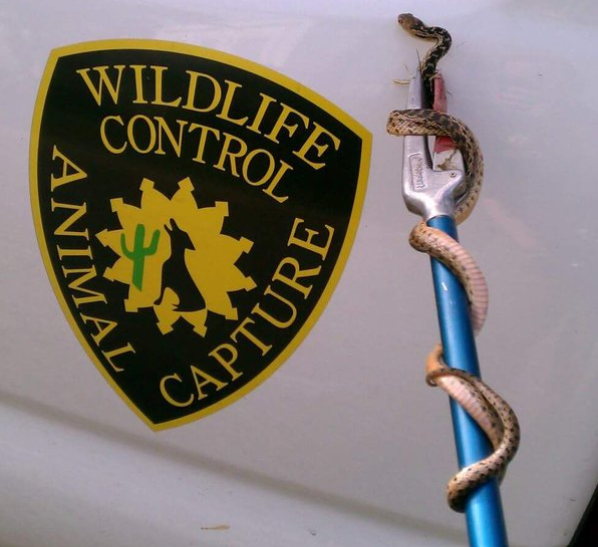
For those in areas with a high snake population or venomous species, sometimes repellents might not be enough. If you find yourself in a situation where a snake is too close for comfort, it’s time to call in the professionals.
At Animal Capture Wildlife Control, we specialize in safe and humane wildlife removal. Our team is skilled in handling all snake situations, ensuring the safety of both the reptiles and residents. From the installation of an anti-snake fence to professional wildlife removal, trust in Animal Capture Wildlife Control. Contact us today at 310-551-0901 or look through our website and reclaim your space from unwanted reptilian guests!
